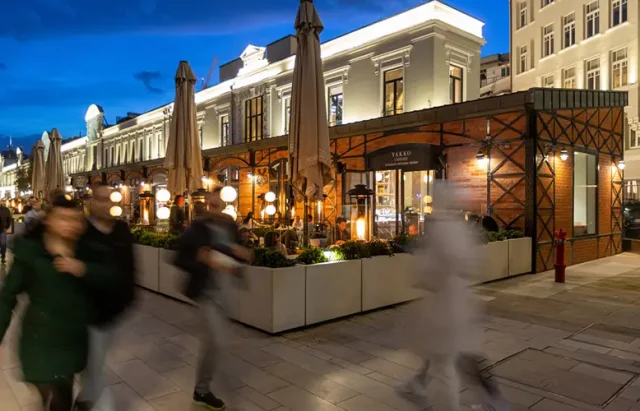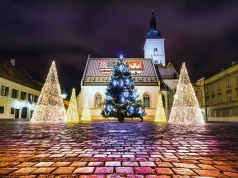
Galataport, Istanbul’s homeport for cruises, was awarded the “Best New Development Project” worldwide at the MAPIC 2023 Awards in Cannes, France. With this recognition, Galataport has earned its title as the new centre of attraction for the city.
For its innovation through new technologies, environmental and local impact, retail mix, and architectural features, Galataport Istanbul’s investments aim to increase footfall, customer satisfaction, average spending and the unique experience in a new shopping destination.
Located in the Istanbul neighbourhood of Karakoy, Galataport boasts a cosmopolitan experience for visitors from gastronomy to fashion to heritage. Visitors will find the global and local options of Galataport in Paket Postanesi, which features Turkish fashion, design, gastronomy and jewellery artisans who have branched out from Istanbul to the world. Bringing together different audiences in the same space, Paket Postanesi hosts open-to-all arts and culture events and two prominent art museums in Türkiye.
Karakoy, an Outstanding Discovery with a View of the Bosphorus
Located near the Galata Bridge, Karakoy covers an area from the banks of the Golden Horn to the Bosporus, representing one of the oldest and most historic districts of Istanbul. Today, Karakoy is home to two famous museums, making it a hotspot blending new art, design, and dining spaces with the traditional architecture of the region’s mosques, churches and synagogues.
Istanbul Modern, Türkiye’s first modern and contemporary art museum, is located on the grounds of Galataport Istanbul. Inspired by the glittering waters of the Bosphorus, Pritzker Prize-winning architect, Renzo Piano, designed the building. Istanbul Modern exhibits the works of international and local artists performing in different disciplines. The museum also hosts exhibitions of modern and contemporary art worldwide in its permanent and temporary exhibition spaces.
The Istanbul Museum of Painting and Sculpture, Türkiye’s first plastic arts museum, offers a comprehensive overview of Turkish art history from the end of the Ottoman Empire in the late nineteenth century to the end of the twentieth century. The museum’s collection includes over 10,000 paintings, 700 sculptures, 250 ceramics, and 180 works of calligraphy.





